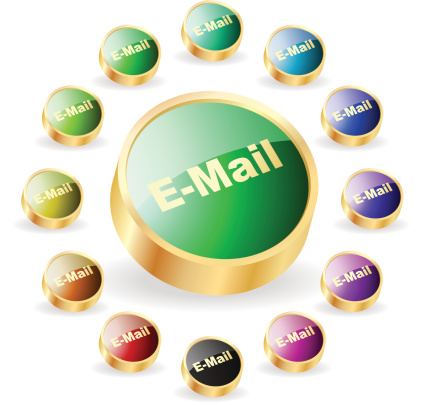By Ian Brodie
You don’t need a huge list to be successful at email marketing – but you do need a decent sized one. And they have to be the right sort of subscribers too. People interested in what you have to say and primed to take action.
If you want to build a big, engaged list, you need to understand what will motivate the right people to subscribe to your emails, and what will put them off.
There are really four big factors.
The first is the perceived Long Term Value of subscribing to your emails. This is how much potential subscribers think they’re going to get from your emails. If you’re a well-known and respected name in your field already, this can be high by default. But if you’re new or unknown you have to work a bit harder.
If they’ve already got lots of value from your blog or website then they’ll likely expect to get more of the same from your emails. And one of the big things you can do is give those emails an attractive name.
Nobody really wants to subscribe to a newsletter or ezine. There’s no implied value there. But call them client winning tips, cost reduction strategies, holistic living nuggets, and potential subscribers will get a much better sense of the value they’ll get.
The second factor is to use a Short Term Incentive—sometimes known as a “lead magnet” or “ethical bribe.” Give away a free report, video, cheat sheet, diagnostic, piece of software etc., something that gets people to sign up for the giveaway itself with the emails being an added bonus.
To make this work, your lead magnet needs to relate to what they’ll get in your email, of course. Otherwise they’ll unsubscribe pretty soon.
And some lead magnets are more attractive than others.
Firstly, your lead magnet needs to relate to an urgent, important problem or goal your ideal clients or customers have in an area where your products and services can eventually help them.
If it doesn’t relate to a big problem or goal they have, they won’t be interested. And if that problem or goal isn’t urgent or pressing, they’ll put it off for another day (and chances are, they won’t be back).
To come up with those big urgent issues, think about the last 10 problems you current clients faced that they asked for help with or the last 10 questions they asked you. Find one specific problem that most of them faced that you can create an answer for.
Or look for a root cause or big overarching theme. One of my early lead magnets was “The Pain Free Marketing Blueprint” which spoke to the challenge many professionals have of finding marketing and sales very uncomfortable.
If you sell products, think of the questions your customers repeatedly ask to help them make up their minds before buying and turn that into a buyer’s guide.
Ian Brodie is a marketing specialist and blogger who helps consultants, coaches and other professionals to attract and win more clients. To get a free copy of his report on The Art Of Email: 7 Success Strategies for Effective Email Marketing click here >>. Follow Ian at @ianbrodie.







